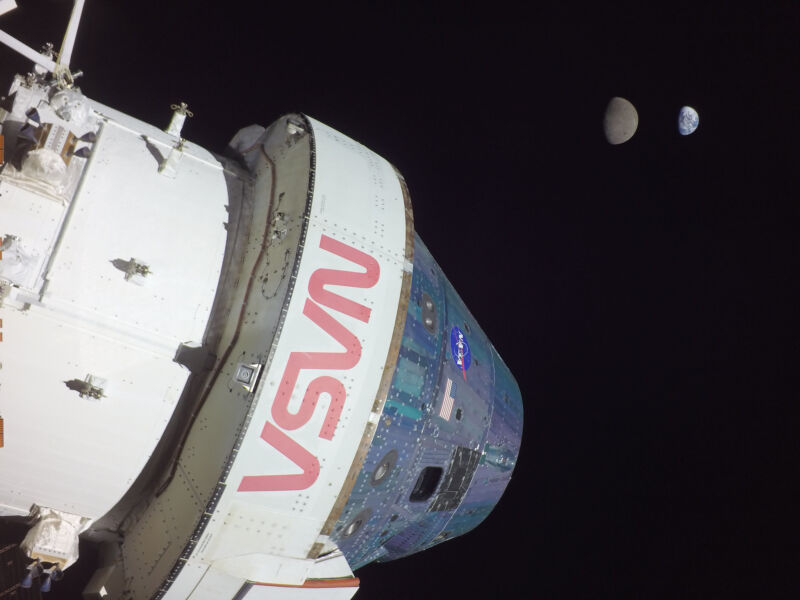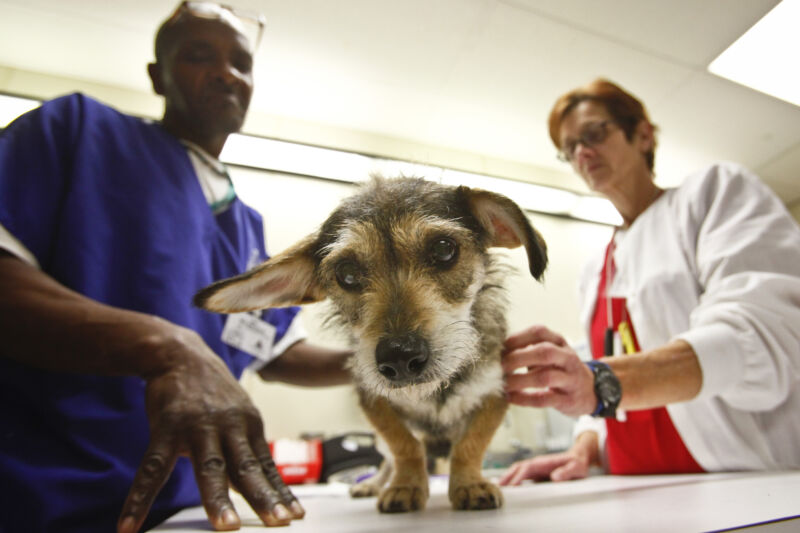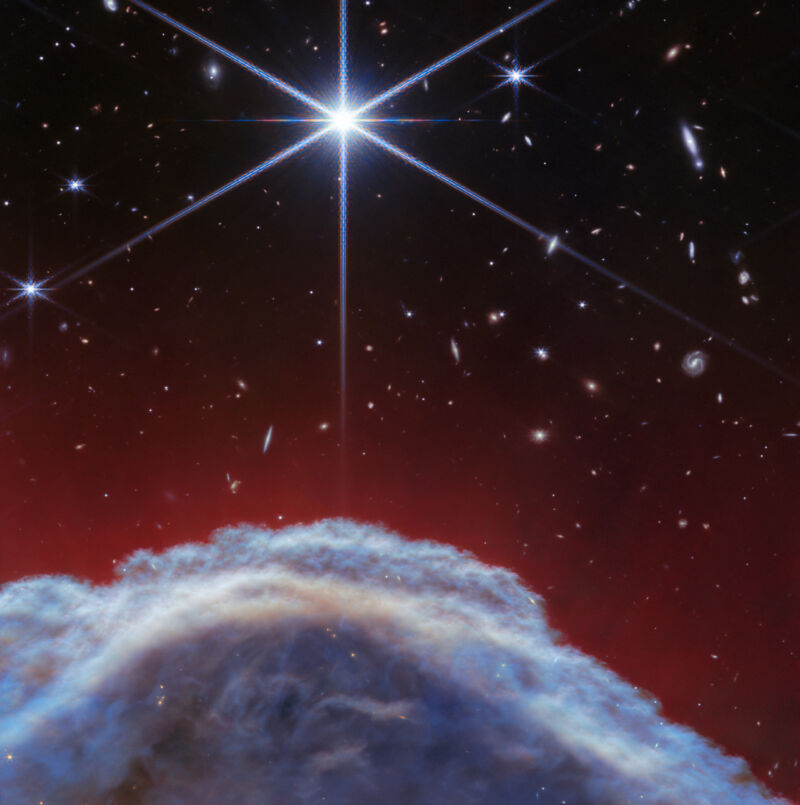-
chevron_right
Orangutan seen treating wound with medicinal herb in first for wild animals
news.movim.eu / TheGuardian · 2 days ago - 15:00
Sumatran ape applied sap and leaves to open cut after suspected fight with another male, say scientists
The high intelligence levels of orangutans has long been understood, partly due to their practical skills such as using tools to crack nuts and forage for insects. But new research suggests the primate has another handy skill in its repertoire: applying medicinal herbs.
Researchers say they have observed a male Sumatran orangutan treating an open facial wound with sap and chewed leaves from a plant known to have anti-inflammatory and pain-relieving properties.
Continue reading...






